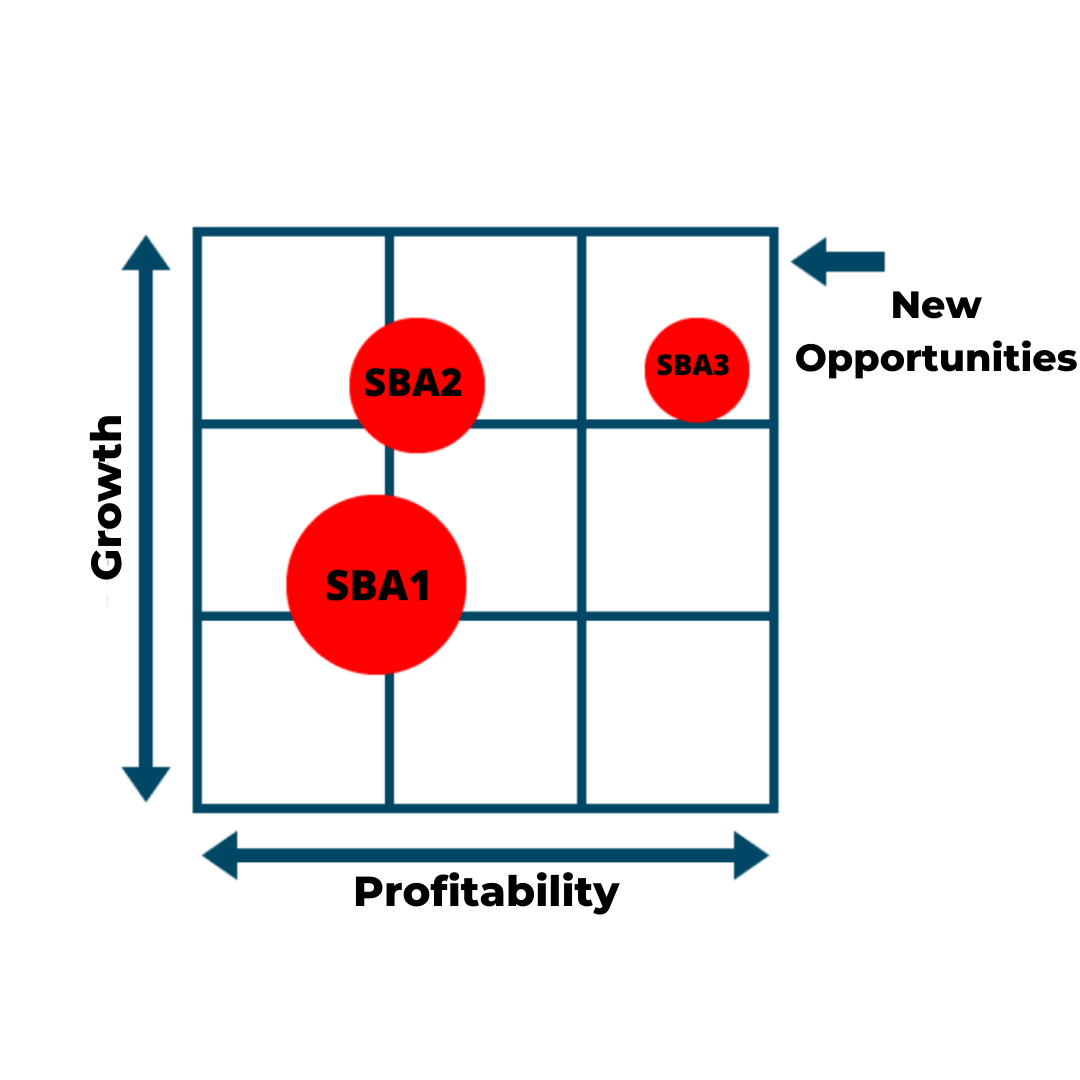Developing a strategy for business viability and growth helps create the path for success
Behind every successful business are people who ensure that their company’s business and product portfolio contains the ingredients which enable it to perform now and in the future. They know that the business as well as its products must have sufficient potential for growth and development and that the company must be noticeably better than its competitors in those areas which matter to its customers.
Creating excellence and profitability in business is challenging. Maintaining success requires continual effort and achievenment in new endeavours. It is only possible, when the people involved have the vision, commit to achieving goals and are enthusiastic Becoming successful is generally in one’s own hands, while failure is also one’s own fault. When people understand what it takes to succeed, grow, become profitable and outperform their competitors, they commit and get excited.
Planning of Strategic Business Areas (SBA) takes into account the potential for growth, profitability and competetiveness. The ingredients for success now and in the future must be found in the business goals and in its product portfolio. Sufficient potential for growth and profitability must exist in the business operations and in its products. If necessary new opportunities must be considered and investigated,

Achieving strategic goals
Achieving success is usually in one’s own hands. Once the strategy is embedded within the company organization, and people know how success will be attained, we are on the winning side. In addition the following essential areas must be defined: a review schedule – and to be decided – when and how to respond to course deviations.
Marketing and sales keep your business alive
The customer is your business, not the product or service that you offer. From a marketing standpoint the client’s perspective is the one that matters. The key to successful sales rests, above all else, in understanding your client, identifying his needs and providing solutions for them. Without clients the business has no significance. The purpose of marketing is to maintain and increase the interest and attractiveness of a product or service to selected target groups. Marketing supports sales, engages and motivates the customer to buy, maintains and creates a competitive advantage, and improves revenue. The importance and role of sales and marketing cannot be overemphasized. The sale brings in all the money from which the company’s expenses such as staff salaries are paid. Sales and marketing are built on the basis of the customer’s needs, the purchasing process and the buying behavior, which reflects the customer’s discernment.
Business idea from a B2B marketing perspective
1. Marketing sector – segment / client / procurement process / procurement criteria
2. Product / Service – what is sold / features / benefit to the Client
3. Image / customer promise – what factors make the customer buy / choose us
4. Mode of operation – resources – internal and external Marketing
5. Compatibility – superiority / viability
6. Competition / what can be learned

Strategy levels
A key issue for a company’s success is determining its business strategy: in which business areas (SBA) and how (Business Idea) the company operates. The competitive strategy is reflected in the business idea. Profitability and growth strategies are usually alternatives to each other, profitability first and then growth.
Marketing planning fills the gaps between goals
There are often gaps between forecasts and targets. Ways to fill these gaps need to be found through marketing planning. When marketing plans are considered, decisions will need to be made or prepared either in the long or short term for taking measures which will affect different levels of precision.
Marketing planning steps:
1. Current status analysis – redesign
2. Marketing strategy selection – marketing business idea
3. Objectives and options A, B and C
4. Action plan – implementation
5. Areas for development, eg market research
6. Follow-up – corrective actions

Follow up and corrective measures
Planning is never, in practice, a straightforward, unified process from start to finish. Planning and monitoring of its implementation can only be successful if the following are defined:
• fixed measures per objective
• precise timing per procedure
• responsible persons assignation per procedure
• monetary allocation per procedure
It is better to react to deviations immediately than to “look at the next month”.

